Formula C4H6O Boiling point 81.4 °C Melting point -7 °C | Density 841 kg/m³ Molar mass 70.09 g/mol | |
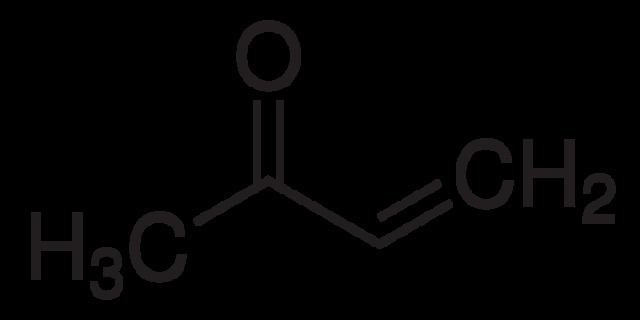 | ||
Methyl vinyl ketone (MVK, IUPAC name: butenone) is the organic compound with the formula CH3C(O)CH=CH2. It is a reactive compound classified as an enone, in fact the simplest example thereof. It is a colorless, flammable, highly toxic liquid with a pungent odor. It is soluble in water and polar organic solvents. It is a useful intermediate in the synthesis of other compounds.
Contents
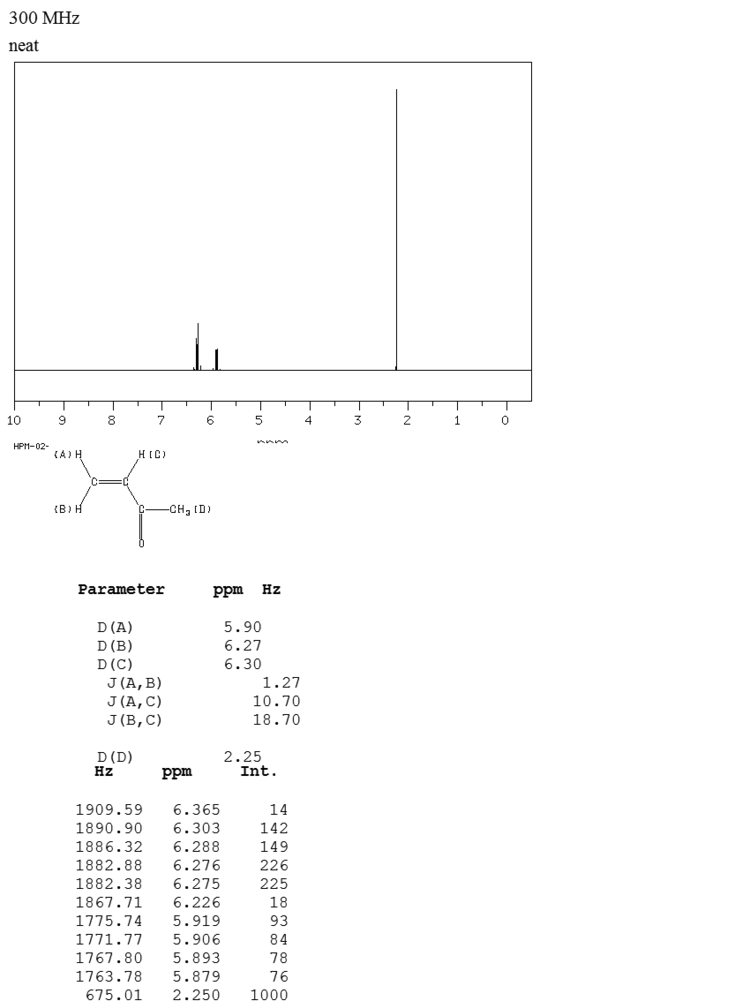
Production
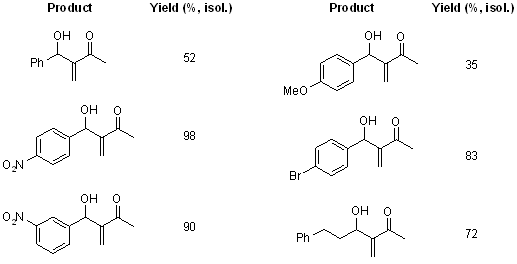
MVK has been prepared industrially by the condensation of acetone and formaldehyde, followed by dehydration. Similarly it is prepared by the Mannich reaction involving diethylammonium chloride and acetone, which produces the Mannich adduct:
CH3C(O)CH3 + CH2O + [H2NEt2]Cl → [CH3C(O)CH2CH2N(H)Et2]Cl + H2OHeating this ammonium salt releases the ammonium chloride and the MVK:
[CH3C(O)CH2CH2N(H)Et2]Cl → CH3C(O)CH=CH2 + [H2NEt2]ClReactivity and applications
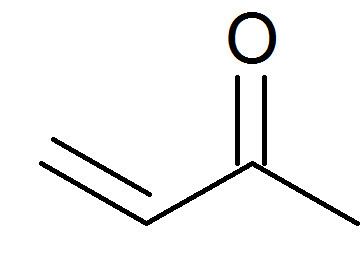
MVK can act as an alkylating agent because it is an effective Michael acceptor. It gained early attention for its use in the Robinson annulation, a method useful in the preparation of steroids:
Its alkylating ability is both the source of its high toxicity and the feature that makes it a useful intermediate in organic synthesis. MVK will polymerize spontaneously. The compound is typically stored with hydroquinone, which inhibits polymerization.
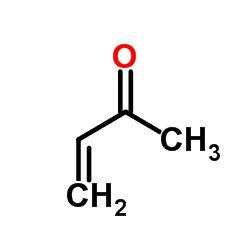
As an electrophilic alkene, it forms an adduct with cyclopentadiene. The resulting norbornene derivative is an intermediate in the synthesis the pesticide biperiden. Via its cyanohydrin is also a precursor to vinclozolin. It is also a precursor to synthetic vitamin A.
Safety
MVK is extremely hazardous upon inhalation causing coughing, wheezing and shortness of breath even at low concentrations. It will also readily cause irritation of the skin, eyes, and mucous membranes.
